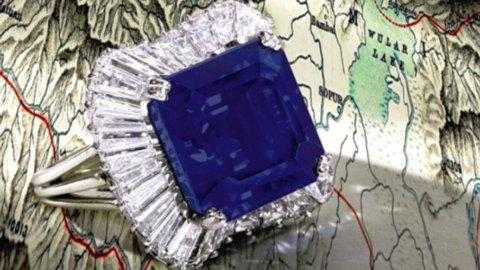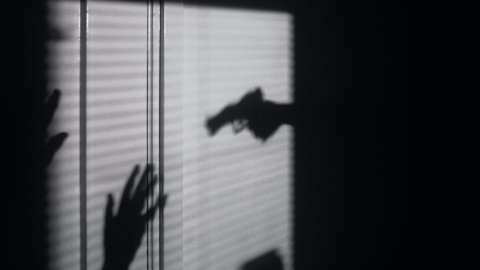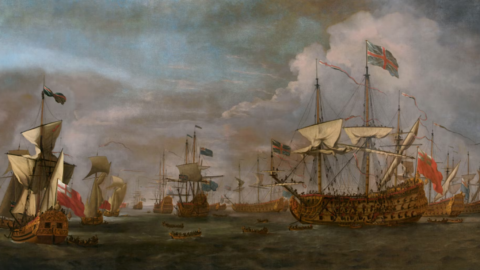In the early 1880s, as a result of a landslide in the remote Kudi Valley of India, the legendary sapphires of the Kashmir region were discovered. Initially traded locally for goods such as salt, the mine quickly became the property of the Maharaja, and all stones fowed to him. By 1887, the original Kashmir mine was depleted. Though a new mine opened brief and sporadic mining has occurred over the decades, the majority of sapphires from the Kashmir region that are on the market today were drawn from the ground in the short life of the original mine.
Scarcity is only part of the allure of Kashmir sapphires. Unique to these stones is a softness that can only be described as “velvety,” an almost tangible texture that tempts the eye. Their color, a rich, lustrous blue often compared to that of a cornfower, surpasses that of sapphires from any other part of the world. Also unlike other sapphires, its incomparable color excels in any light, without the purplish or grayish hues that can stain non-Kashmir stones.
With such limited production, Kashmir sapphires make up a tiny percentage of the world’s total sapphire supply. Finding any example is a rare and notable event; finding an unheated Kashmir sapphire of over 28 carats – particularly of such extraordinary quality – is truly exceptional. To quote from the American Gemological Laboratories’ addendum, “the combination of size, origin and quality elements for the sapphire described in this report signifies a gem of singular importance.” The AGL labels this stone a “Classic Kashmir,” denoting that it not only exhibits the classic gemological features of the Kashmir region, but also represents the top quality of stones from the region.
Auction is one of the few means by which one can acquire a Kashmir sapphire. In fact, this stone was purchased at Sotheby’s New York more than 30 years ago. Since that time, new records have been set and broken for sapphires, with the most recent, both in terms of total price and price-per-carat, set in November 2013 at Sotheby’s Geneva by The Richelieu Sapphires, a pair of Kashmirs both in excess of 20 carats (US$ 8,358,520 total, US$ 175,821 per carat).
Like the Richelieus, this sapphire represents the pinnacle of Kashmir’s output, a rare opportunity to own one of nature’s greatest treasures. Christopher Smith, the President of the American Gemological Laboratories, put it best when he wrote, “For the aficionado of Kashmir material, this gemstone represents a superb example of why Kashmir has earned the status for being the source for sapphire that all others are compared.”
Three top lot:
Highly important platinum, 18 Karat gold, emerald and diamond ring – Estimate 1,800,000 — 2,200,000
Exceptional Platinum, sapphire and diamond ring ( Centering a square emerald-cut sapphire weighing 28.18 carats, framed by 32 tapered baguette diamonds, size 8, the mounting by Oscar Heyman & Brothers) – Estimate 4,000,000 — 5,000,000
Auction





